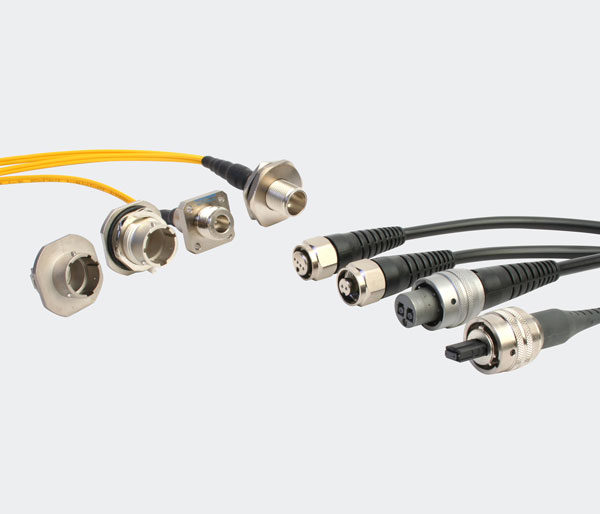According to SpaceX’s recent application to the Federal Communications Commission (FCC), the company is seeking to deploy the Star-link network on mobile vehicles such as cars, trucks, airplanes, and ships.
According to a letter written by SpaceX satellite policy director David Goldman to the FCC, this application will authorize the SpaceX satellite system to launch a new land-based component, thereby expanding the public’s ability to connect to broadband in vehicles in the United States and even on aircraft and ships worldwide.
As of now, SpaceX has launched more than 1,100 satellites for high-speed satellite broadband networks, and launched a public beta version of the service to users in the United States, Canada, and the United Kingdom in October last year. At the end of January this year, the company disclosed to the FCC that the number of users of Star-link’s beta version has exceeded 10,000.
It is worth mentioning that the Star-link network based on alternative broadband requires users to pre-install a receiving terminal worth US$499, including an antenna and a router. However, in the application documents, the company did not specify the design difference of the mobile version of the Star-link receiving end, only that the “Sports Earth Base Station” has the same electrical structure as the previously approved consumer terminal. And the installation parts that allow it to be installed on vehicles, ships and airplanes have been added.
However, SpaceX also admitted in the document that the deployment of Star-link network involving transnational vehicles will still face legal thresholds. The company gave an example that when aircraft deploying the Star-link network flies across borders, network operators need to abide by the laws of the United States FCC and corresponding countries, and must comply with the stricter regulations.
Earlier this year, Morgan Stanley analyst Adam Jonas conducted a research on the linkage between Tesla’s autopilot system and the Star-link network. He said that satellite communications will be a very important part of autopilot and other fields in the short to medium term. There will be more automotive OEMs participating in the low-orbit communication satellite project/pilot test.




